Familial Atypical Mole Melanoma Syndrome
Familial atypical mole melanoma syndrome. The aim of this study is to describe the utility of systematic screening for melanoma. 50 and a family history of melanoma as well as in a subset of patients an increased risk of developing pancreatic cancer see this term and other malignancies. Familial atypical multiple mole melanoma syndrome FAMMM syndrome is an inherited condition characterized by the presence of multiple moles.
This means that the risk of melanoma can be passed from generation to generation in a family. However if you have been told that you have an atypical mole you should not think that this means that you are destined to develop melanoma sometime in the future. Deterrence and Patient Education.
People with FAMM syndrome have the following. Atypical moles also called dysplastic nevi are benign but are associated with an increased risk of melanoma. FAMM is an abbreviation for Familial Atypical Mole and Melanoma.
Melanoma is considered to be a rare controversial component of LFS. Familial atypical multiple mole melanoma FAMMM syndrome is an autosomal dominant genodermatosis characterized by multiple melanocytic nevi often more than 50 and a family history of melanoma. One or more first-degree or second-degree relative diagnosed with melanoma at a young age 40 years.
A mutation alteration in either of these genes gives a person an increased risk of melanoma. Weurge that all occur-rences offamilial melanomabe reassessed in the light of this cutaneous phenotype since its recognition could signify individuals at high cancerrisk. Transmission of the cutaneous phenotype in the subject family and in several others currently under investigation shows an inheritance.
Familial atypical mole and melanoma FAM-M syndrome is an inherited tendency to develop melanoma. Several family members have large numbers of moles often more than 50 some of which may be abnormal or atypical moles. The 9p21 locus is therefore thought to harbour a second melanoma susceptibility gene which is supported by several LOH studies in.
Familial atypical mole and melanoma FAM-M syndrome is an inherited tendency to develop melanoma. Rare autosomal-dominantly inherited syndrome associated with numerous dysplastic melanocytic nevi with a high degenerative tendency.
Melanoma is considered to be a rare controversial component of LFS.
The monogenic inheritance is. Linkage studies suggest that approximately half of the melanoma families link to 9p21. People with FAMM syndrome have the following. It is associated with mutations in the CDKN2A gene and shows reduced penetrance and variable expressivity. This means that the risk of melanoma can be passed from generation to generation in a family. The familial atypical multiple molemelanoma FAMMM syndrome is a disorder of autosomal dominant inheritance in which atypical nevi develop during the late second to third decade of life. The term melanoma tumor syndrome might be more appropriate to discriminate it from hereditary melanoma where the dominant cancer phenotype is that of CMM. FAMM is an abbreviation for Familial Atypical Mole and Melanoma. Those at higher risk include patients with familial atypical multiple-mole melanoma syndrome FAMMM who have a near 100 lifetime risk of atypical mole transformation to melanoma in situ.
Several family members have large numbers of moles often more than 50 some of which may. Rare autosomal-dominantly inherited syndrome associated with numerous dysplastic melanocytic nevi with a high degenerative tendency. Familial atypical mole and melanoma FAM-M syndrome is an inherited tendency to develop melanoma. FAM-M syndrome is present when. Weurge that all occur-rences offamilial melanomabe reassessed in the light of this cutaneous phenotype since its recognition could signify individuals at high cancerrisk. Transmission of the cutaneous phenotype in the subject family and in several others currently under investigation shows an inheritance. Li-Fraumeni syndrome LFS is a rare autosomal dominant disorder caused by a mutation in the p53 gene.





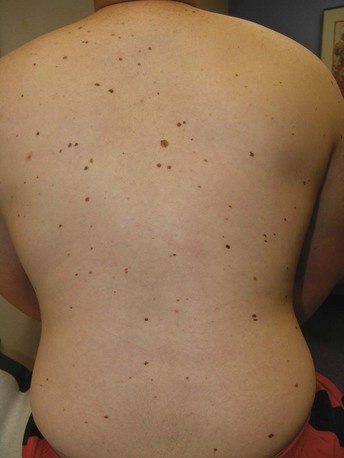


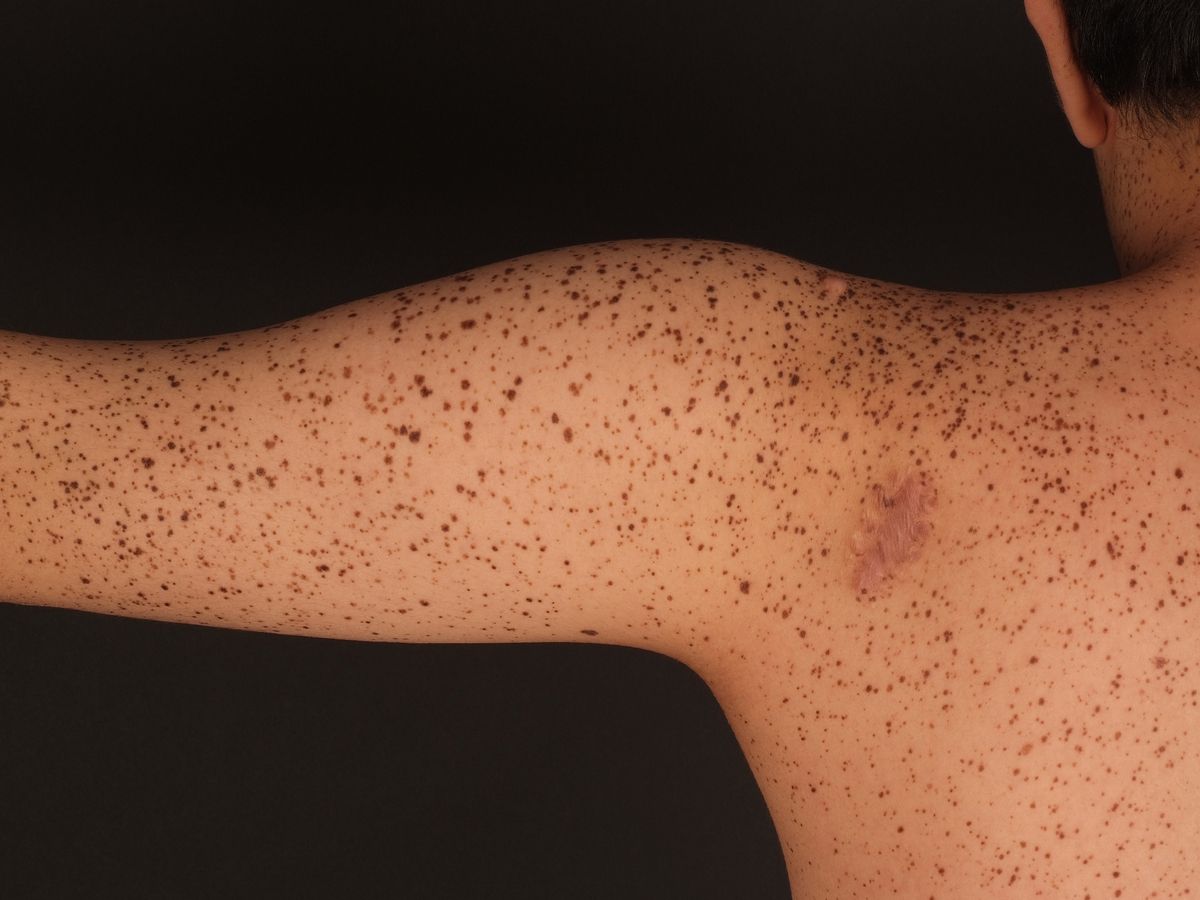
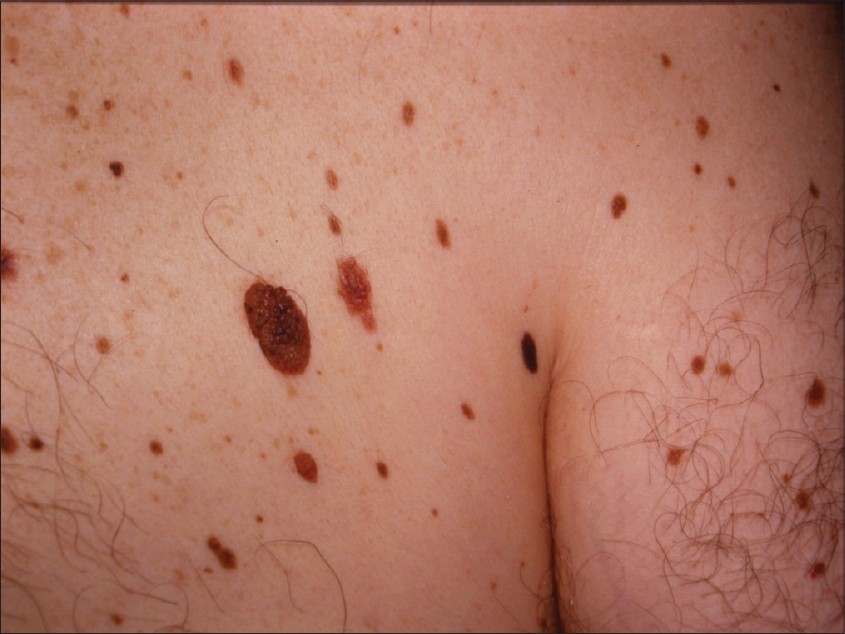

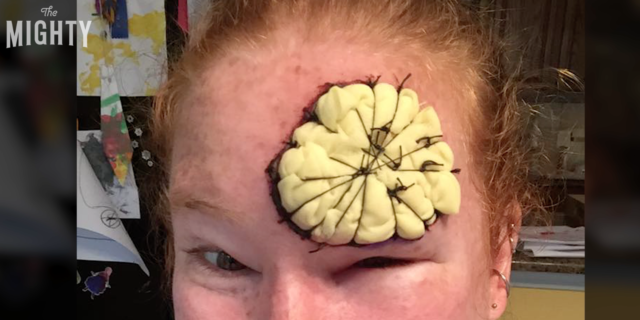


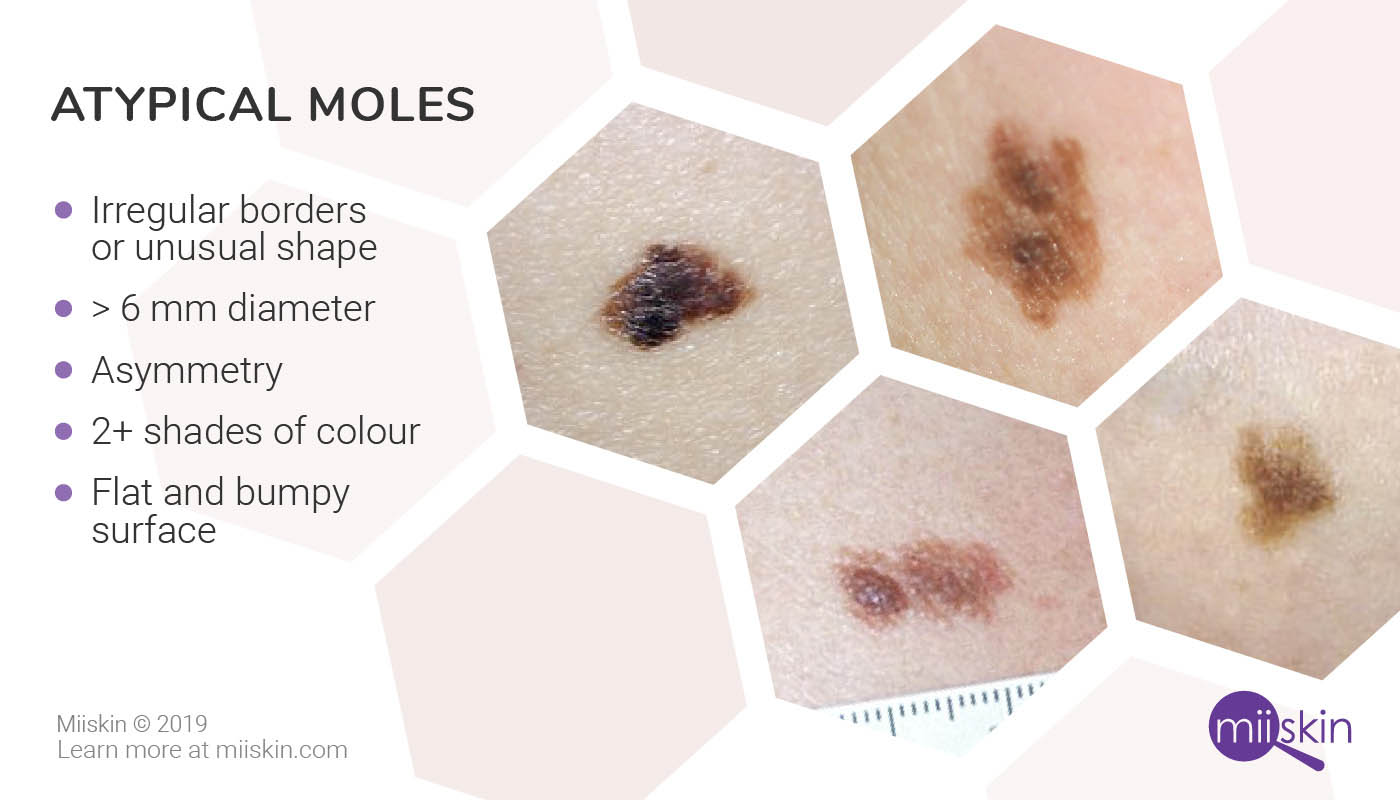




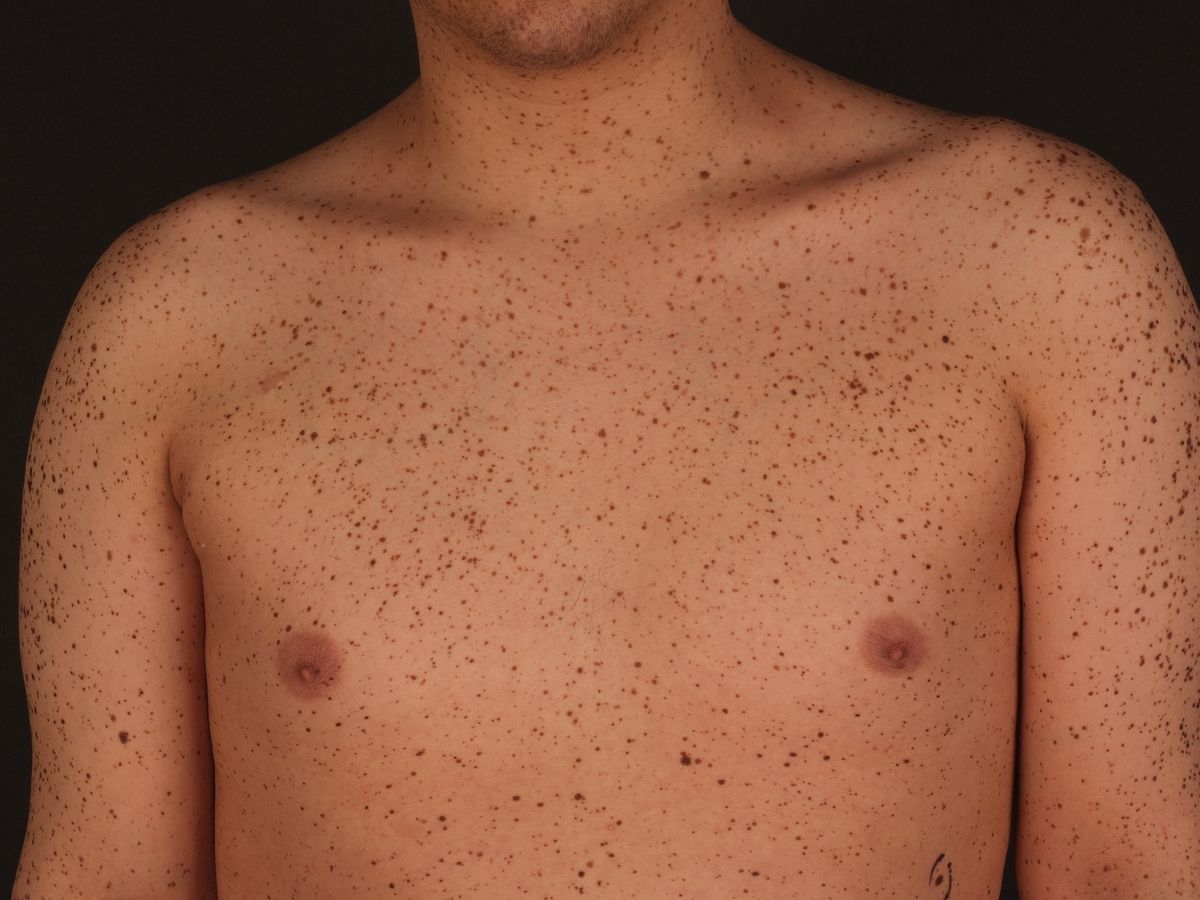


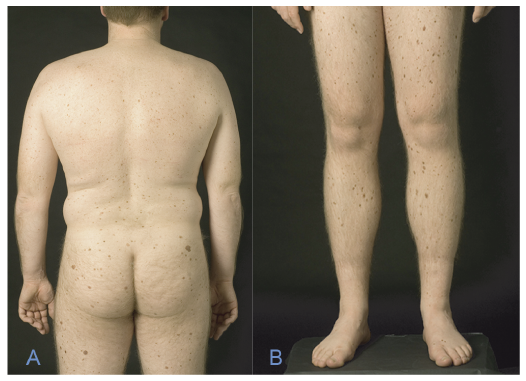
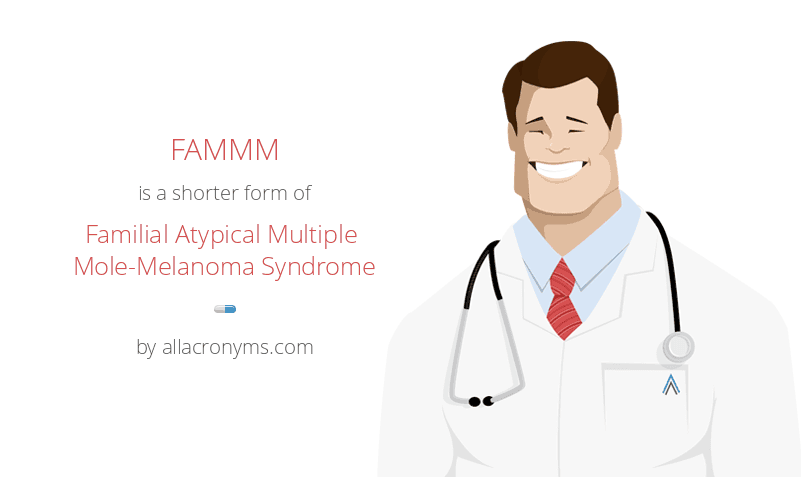


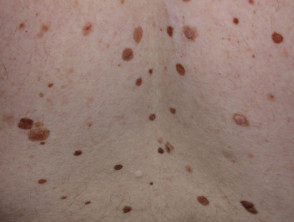
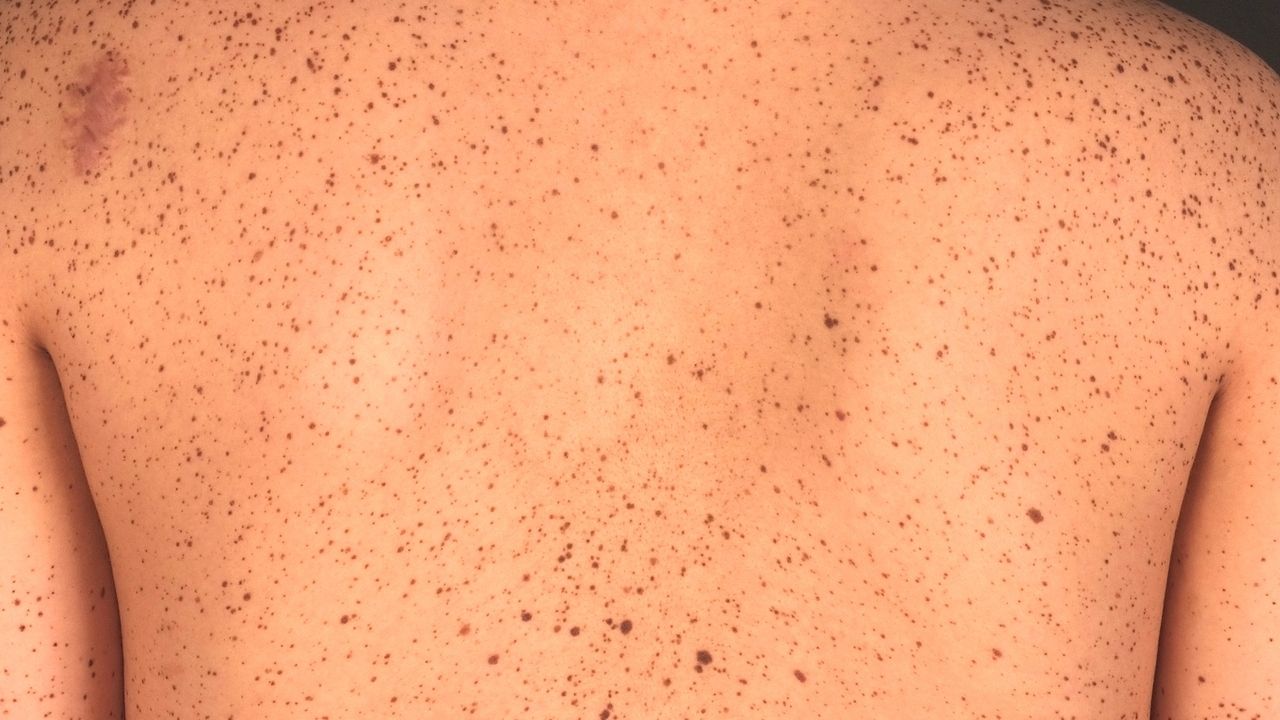







Post a Comment for "Familial Atypical Mole Melanoma Syndrome"